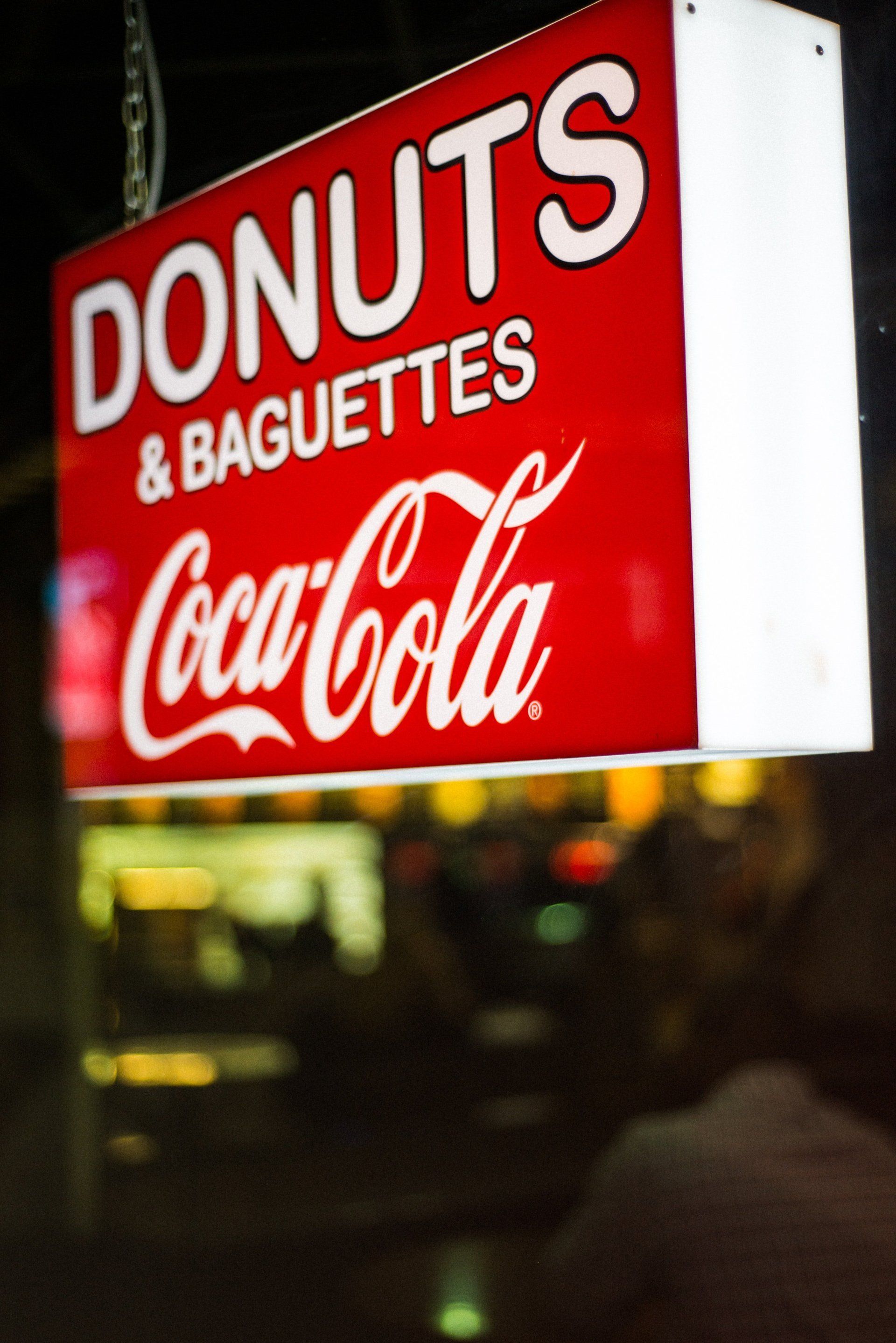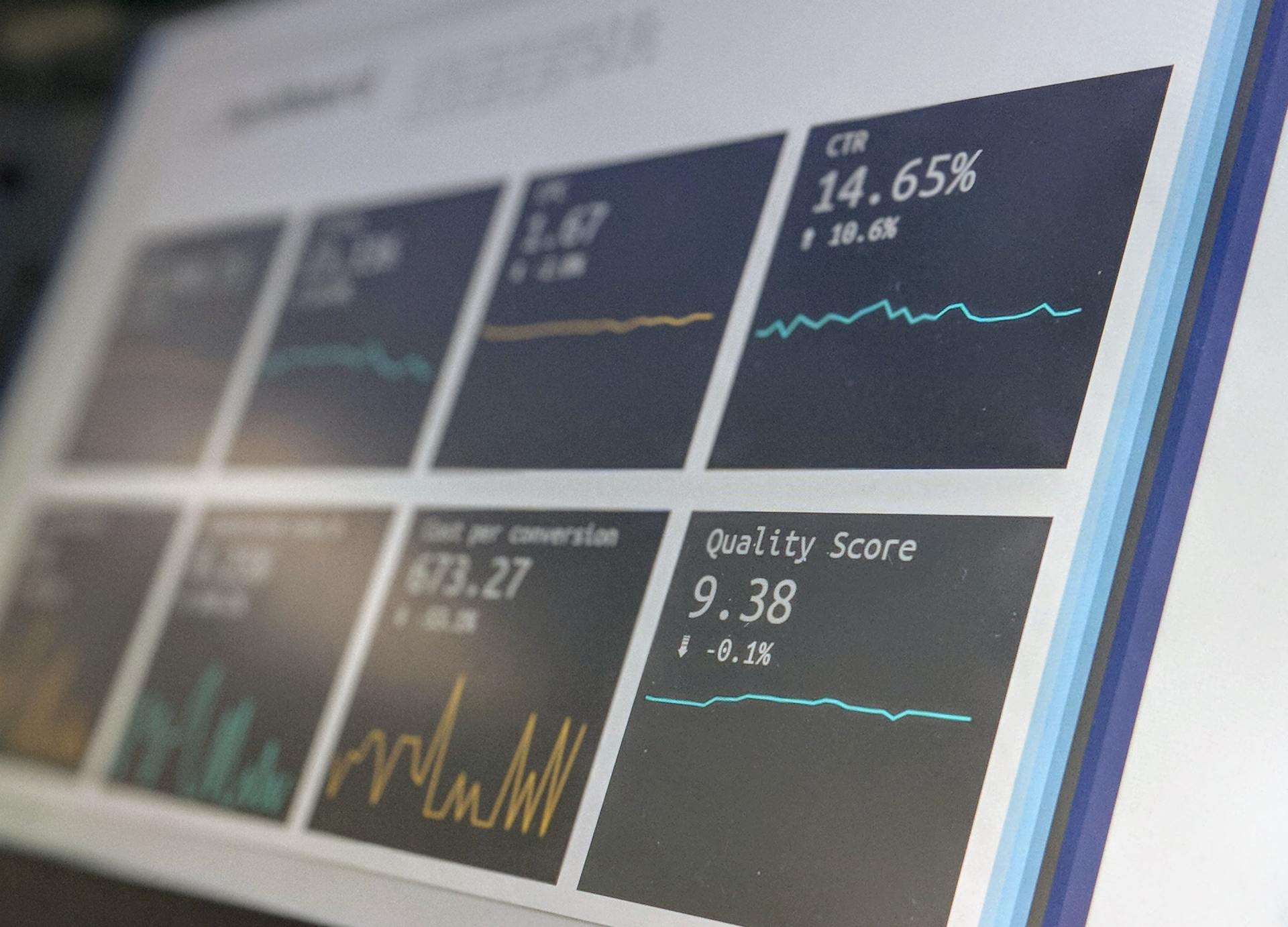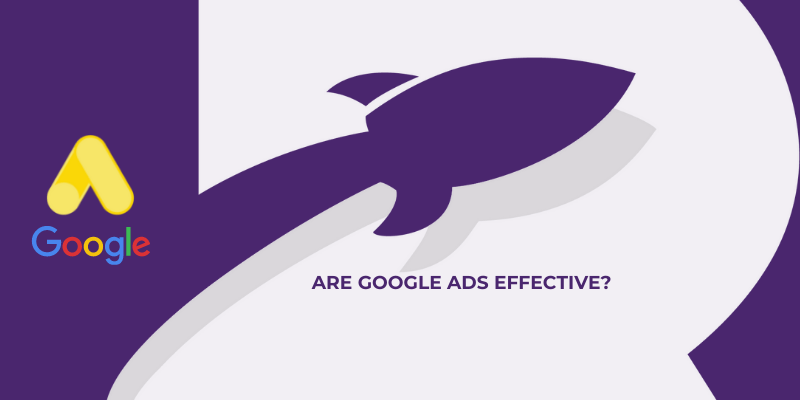What is digital Marketing
What is Digital Marketing?
Depending on who you speak to Digital Marketing has a number of definitions. For us Digital Marketing is the advertising of your business on all online platforms in a variety of ways ~ whether that's paid or low/no cost advertising.
The sheer scope of online options nowadays is astronomical but rather than spreading clients budgets too thinly trying all options we stick to the areas that are proven to get our clients leads and conversions.
Digital Marketing isn’t just search. It also encompasses mobile phone apps, email marketing, website chat features…..anything that puts your brand out to the market. The extension to non-Internet channels differentiates digital marketing from online marketing.
Over the last 24 months, we've seen a strong shift in focus back to Content both by consumers and digital platforms. Good quality information is KING at the moment ~ but without a solid advertising strategy behind it, no one will know it exists.
With the ever-increasing levels of competition, it is important to have the right partner supporting a business through their advertising channels.
The 1990s was where the term Digital Marketing originated. Fast forward to the 2000s and the development of Social Media was a major game-changer. The social aspect and it becoming part of our everyday lives changed how businesses needed to present their offerings to the public. An almost seamless experience across devices and platforms was consumer-led and swiftly picked up by the larger search engines.
Think of the last time you purchased something off Facebook, or booked a service via an app, or searched for “places near me” on Google or BING via Siri……
With an ever-evolving world of digital, we are seeing new digital products come out to market and trend quite quickly. Before Facebook, there was Bebo, before Bebo it was Myspace. Now it's TikTok and Snapchat. The demand from consumers for digital escapism allows businesses to reach out to their target marketing in a soft way by push advertising, something that was limited to flyer drops, radio, and billboards historically. There has been more development in the online space in the last 5 years than all of the last 50 combined!
Artificial Intelligence AI will be the next tool that will become more readily available to everyone as it already has been for some time for companies such as Microsoft and Google.
Want to get In Touch?
Share online









